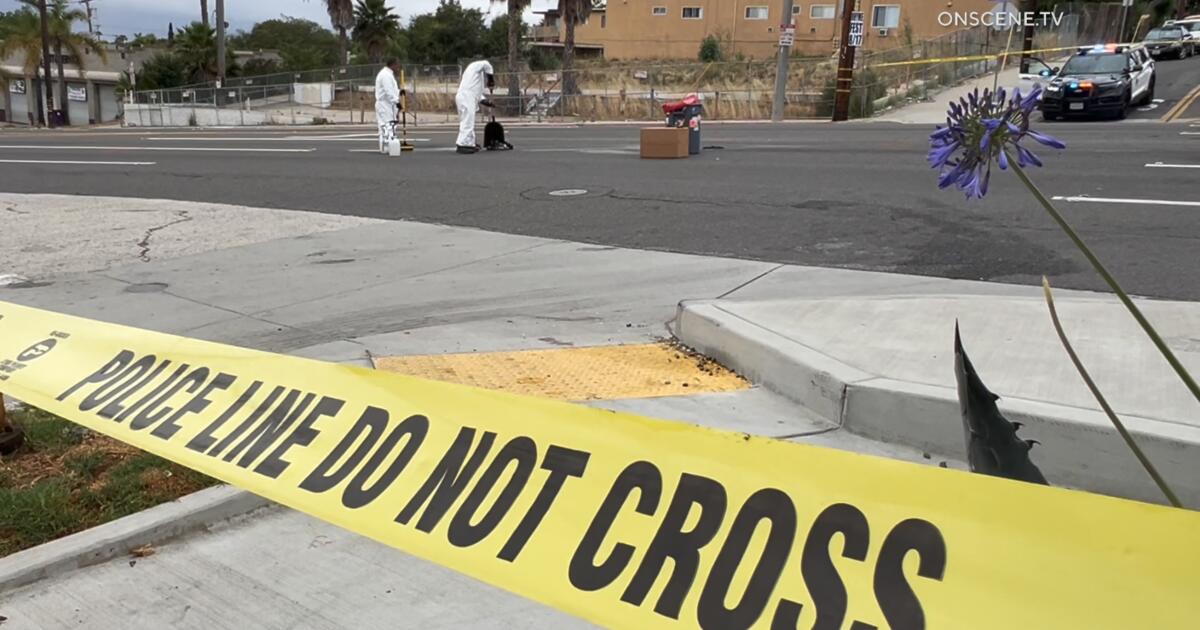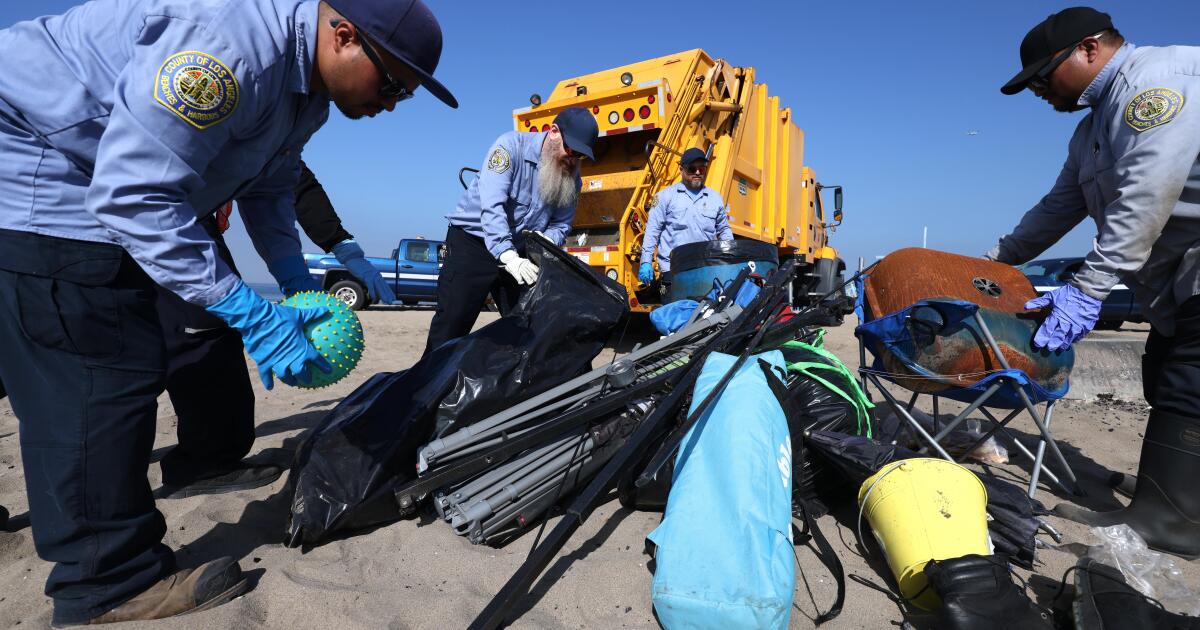Los Angeles County received a gift from voters: They approved Measure A, a half-cent-per-dollar sales tax that will provide $1 billion a year for homeless services and housing.
Providing the help homeless people need is a difficult, long and expensive task, and residents clearly still believe in that mission. But they will likely expect measurable progress in the near future, especially considering this is the second tax measure county voters have approved for that purpose. The first was 2017's Measure H, a quarter-cent sales tax now repealed and replaced by Measure A, which will generate twice as much funding.
It is imperative that Los Angeles City and County officials and civic leaders use that money efficiently and transparently to get people the help and housing they need. Voters tend to measure the results of homeless programs by what they see on the sidewalk.
The latest homeless count showed long-awaited progress: The number of unsheltered homeless people (those living outside rather than in a shelter or other temporary housing) fell 5% in the county and 10% in the county. city. But there are still 75,000 homeless people in Los Angeles County, about 45,000 of them in the city of Los Angeles.
Now the county has its best chance yet to house them in significant numbers and dramatically reduce the prevalence of encampments.
One of the goals of Measure A is to prevent homelessness and it allocates more funds to that cause than Measure H. It is crucial that the flow of homelessness be stopped. Otherwise, the county's efforts to get people off the streets will not make a noticeable difference for much of the public or come close to solving the problem.
The county made 27,000 permanent housing placements in 2023 (one figure represents multiple placements for some people), but the Los Angeles Homeless Services Authority estimates that a staggering 50,000 people became homeless in each of the last two fiscal years. The county's total homeless population in January, including sheltered and unsheltered people, was essentially unchanged from the previous year, around 75,000.
Part of the challenge of preventing homelessness is simply finding people who are at risk of becoming homeless. Not everyone shows up at a social service agency asking for help. Janey Rountree, executive director of UCLA's California Policy Lab and an adviser on the measure, has tried to address that problem by developing a data-driven strategy to identify people at risk of homelessness.
Measure A also funds eviction defense, which can help more people win or resolve cases and stay in their housing. It can also help more people avoid having an eviction on their record, which can make it difficult to obtain new housing.
Another goal of Measure A is to reduce the number of people on the streets suffering from serious mental illness, which according to the last census affects more than 15,000 homeless people in the county. These people need immediate help in a county that is notoriously short on all levels of psychiatric treatment, from short-term to long-term. And even housing with supportive services won't be enough for them until they receive treatment.
Providing this type of care is complicated by a shortage of behavioral treatment professionals. On top of that, the county and state are fighting to pay for it.
Measure A can't solve all of those problems, but it's expected to generate a billion dollars a year, for God's sake. Some of that money should be spent to provide many of these desperately needed beds.
Of course, supportive housing (and just more housing in general) is the ultimate solution to homelessness. The problem has always been building it fast enough and at the necessary scale.
Officials can do more in that regard with Measure A money. They should seek longer-term general leases of apartment buildings and hotels for supportive housing. And they should fund more than the typical 30% to 50% affordable and supportive projects, which tends to make developers spend years raising the rest of the financing from other sources.
All this work is certainly a challenge. But Los Angeles now has a substantial injection of continued, dedicated funding to make a dent in the homeless problem. Doing so is both a pragmatic and moral necessity so that the patience and generosity of voters is not exhausted.












